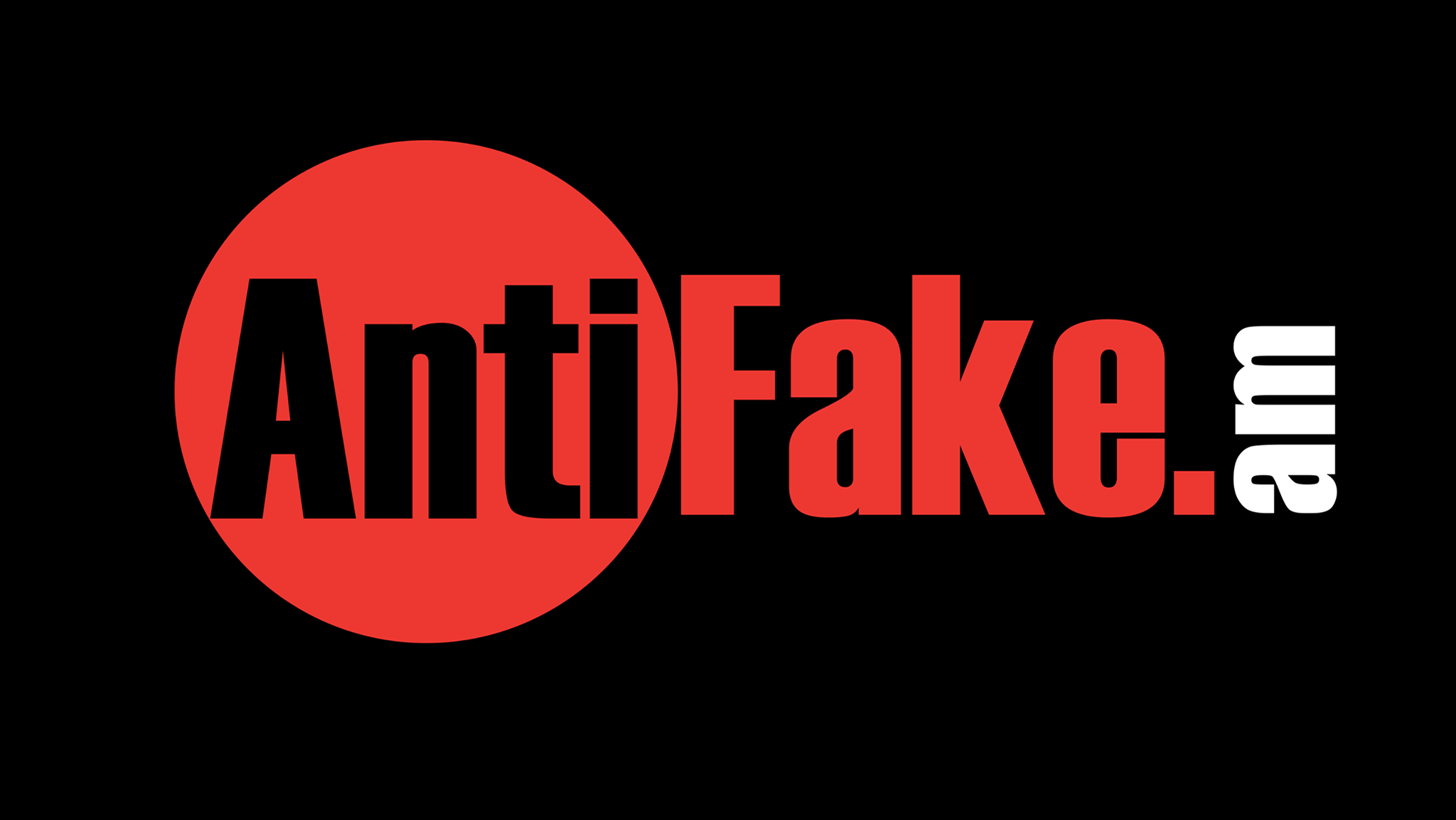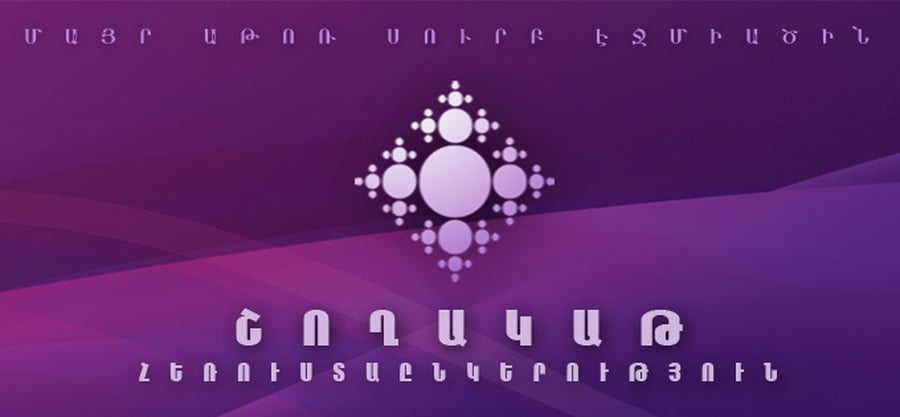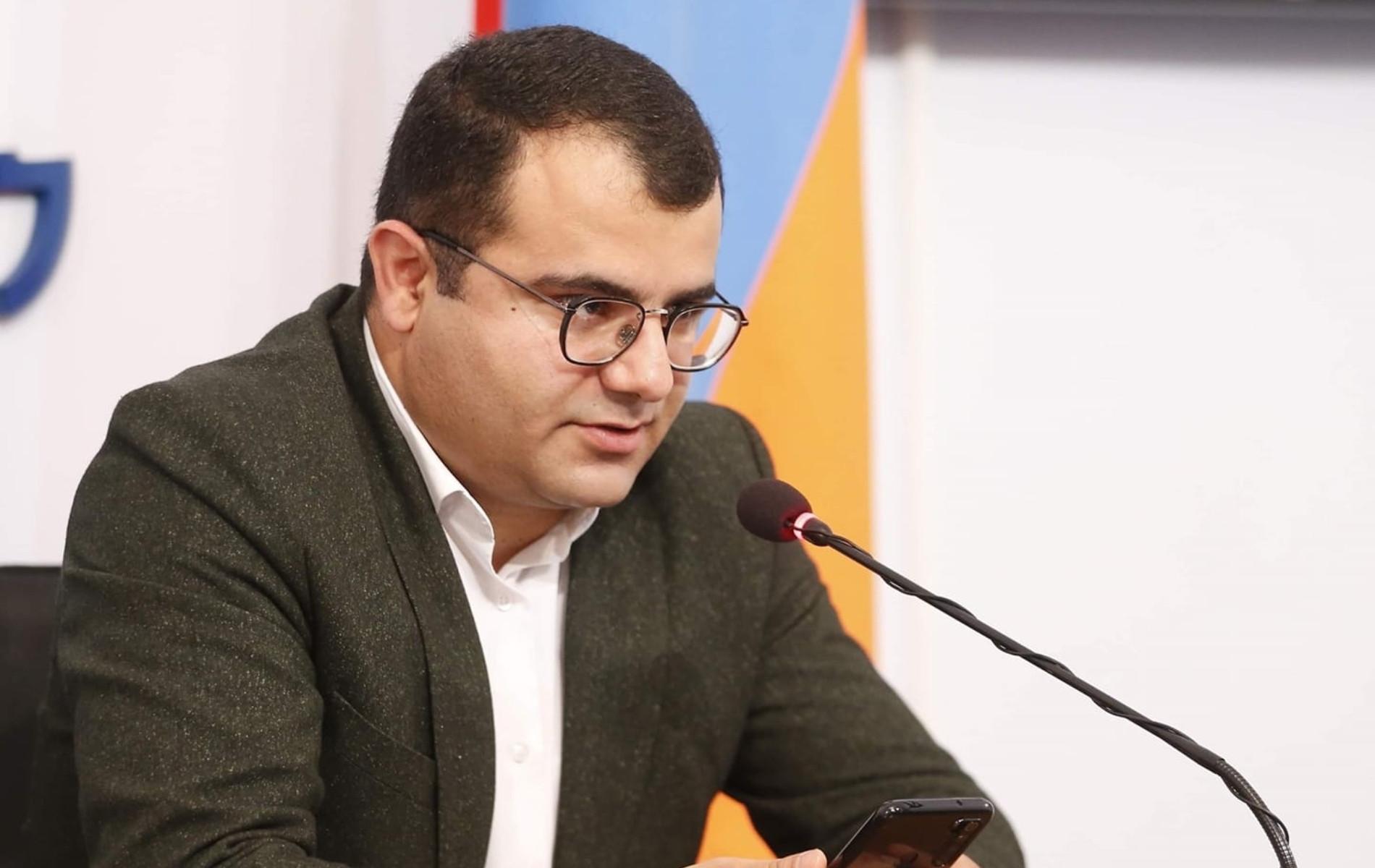During the post-revolution period only the lazy do not talk about false, or as they call it “fake” news. They spread like a virus, with attractive titles.
Today, there are already the so-called “factories of fakes”, which organize targeted attack over the social networks on this or that official or political power, later their notes/posts happen to be in on this or that site, or the vice versa: from an unknown (or not that much) sites this news spreads over the social networks through the same “factory of fakes”.
The average statistical citizen opens the Facebook, reads the headlines of the news on the news thread, mostly does not click on them, “learns” that the revolution was done by Serzh Sargsyan, that Robert Kocharyan in fact is not him in reality, that Nikol does not shave to be liked by Iran, etc. Then the average citizen tells about it in the yard, on the bus, among the relatives and so the news of unknown origin spreads and becomes false reality. In another case a person is targeted, and through the aforementioned mechanism is being defamed, sometimes even through sites having high rating.
The attack organized against Arsen Torosyan, Minister of Health, is a vivid example of that: “300 fakes against Arsen Torosyan”.
Of course, those who are aware of the field of media, can easily disclose the platforms created with specific motivations, and even their goals; however, a common citizen cannot differentiate the false news from the true one, how to not become a victim of a “fake”, who to believe and what to read.
Months ago, Vice-Speaker of the Parliament Arpine Hovhannisyan considered it necessary to start discussions with interested parties on the problem of false or “fake news”. She also attached importance to the removal of posts or comments containing insult and slander (including by a fake user), as well as to professional discussions around the problem of sanctions for them. Surely, the Vice-Speaker of the Parliament is not the only person who is concerned with the problem: a number of other politicians, heads of media outlets, NGO representatives also talk about it, but so far no effective solutions have been outlined. As a result, the right of the citizen to receive objective and accurate information is violated.
The Committee to Protect Freedom of Expression conducted a survey in various facebook groups to find out what the journalists think of struggling against fake news. Eight optional solutions have been introduced, which had to be arranged according to the priority. Those are:
- To create a separate platform and organize an informational counter-action based on the verified facts and truthful information,
- Initiate steps to increase the level of media-literacy in the society,
- To engage people having reputation in the field of media, who will make substantiated comments and clarifications,
- To apply effective filters with the assistance of the IT specialists, to separate platforms aimed at spreading disinformation,
- Interference on behalf of the state is required, through legislative solutions,
- File criminal cases under articles of insult and slander,
- To respond to the publications of manipulative nature and containing disinformation through extra-judicial measures, e.g. turning to the Media Ethics Monitoring body
- To ignore
26 Facebook user-journalists participated in the survey. Eight of them considered increasing the level of media-literacy among the citizens as the most important issue. As a primary solution, seven of them stated application of effective filters with the assistance of the IT specialists. Five people interference by the state through legislative solutions is a priority.
Sixteen people included Point 7, solving the problems through extra-judicial measures, e.g. turning to the Media Ethics Monitoring body, however, none of them considers it as a primary solution. Fifteen people expressed for filing criminal cases under articles of slander and insult, but only two considered it as a primary solution. Fourteen people see the solution in Point 1 – create a separate platform and organize an information counter-action based on verified facts and truthful information, however, only two people considered it as the most effective one. Thirteen people included Point 3 in their answers – engaging people having reputation in the field of media, however, none of them considered this solution as a primary one. Only five people were for ignoring the fake news.
By the way, when we suggested to propose other solutions besides the introduced ones, nobody responded.
In terms of the options that received most of the votes – Point 4, it is already known that a group of programmers is developing a new web-application through which it will be possible to check whether the information spread on sites is true or false. We hope this platform will become a trap for the “fakes”.
HASMIK BOUDAGHYAN
CPFE expert








